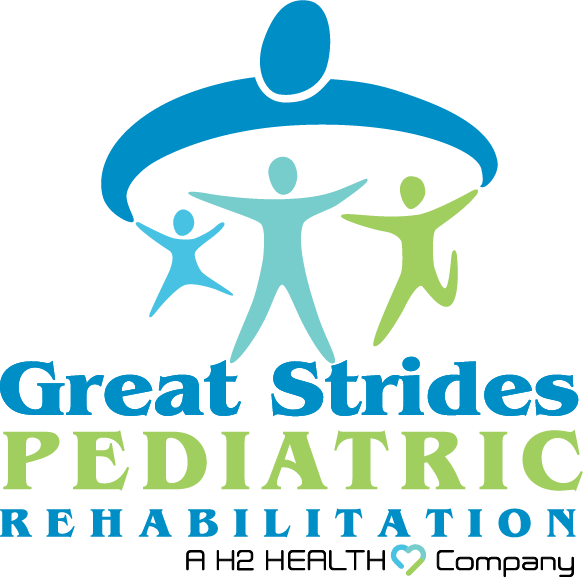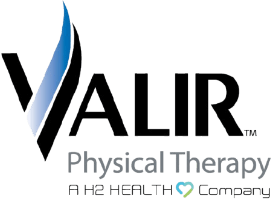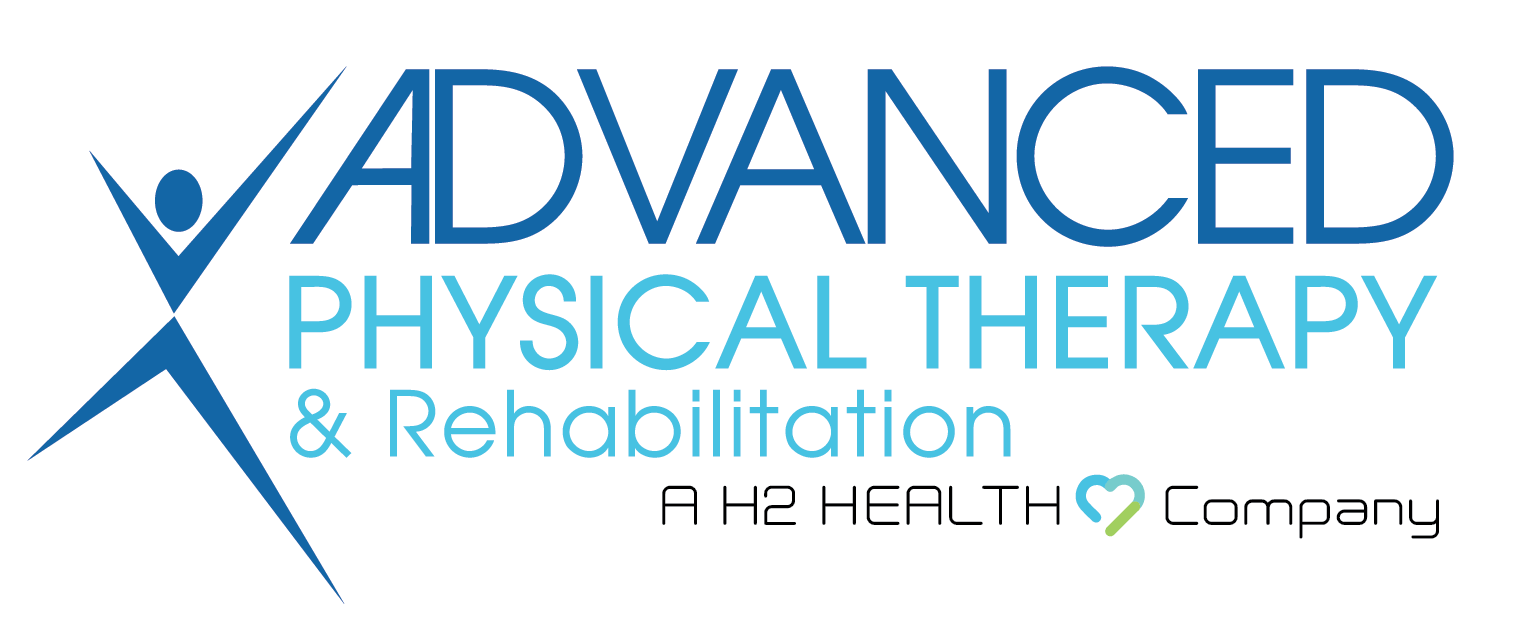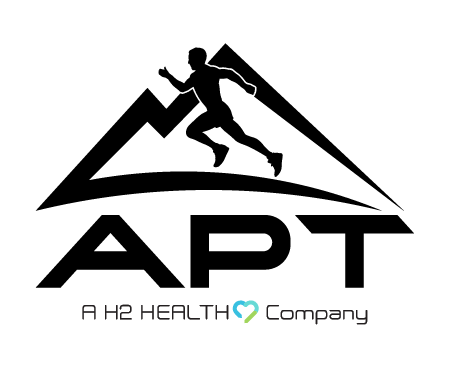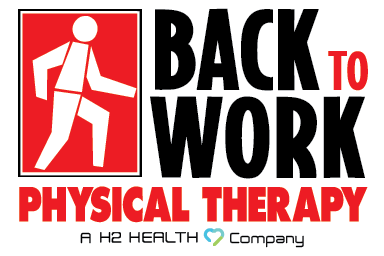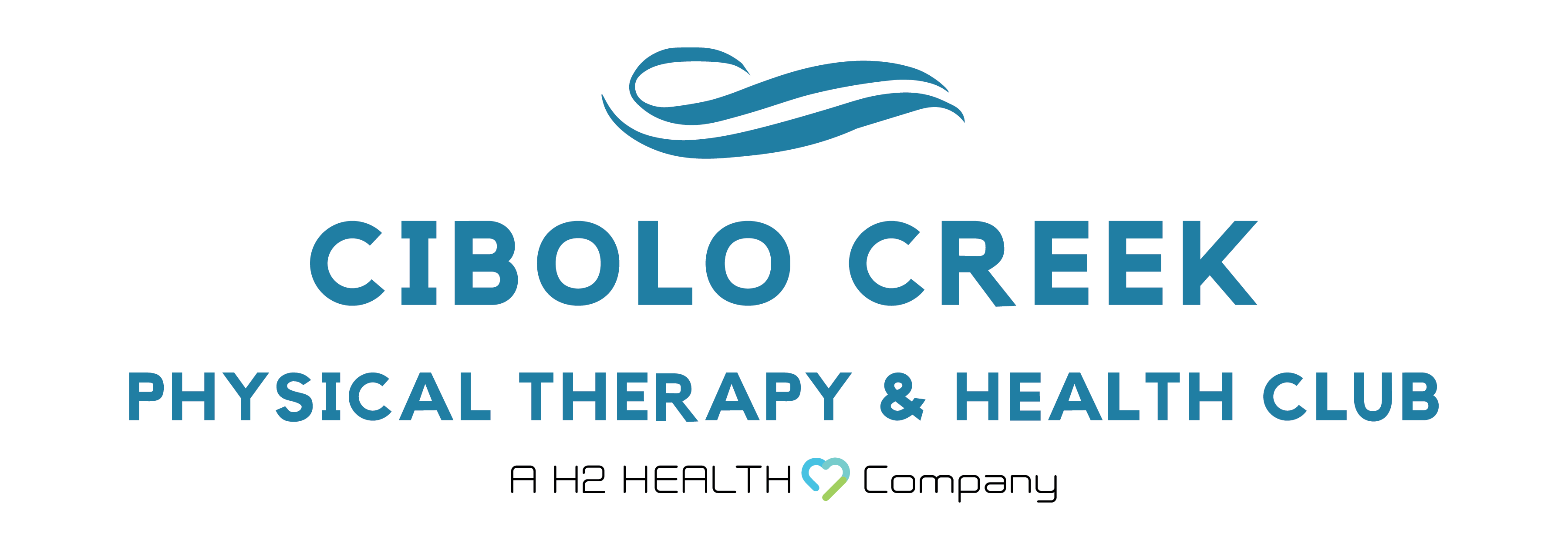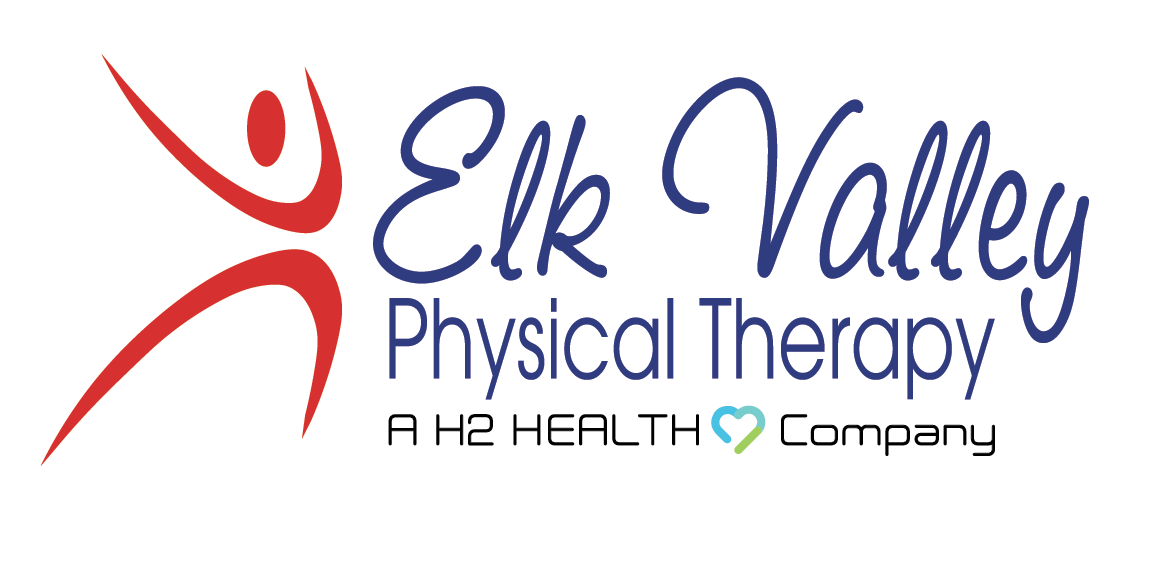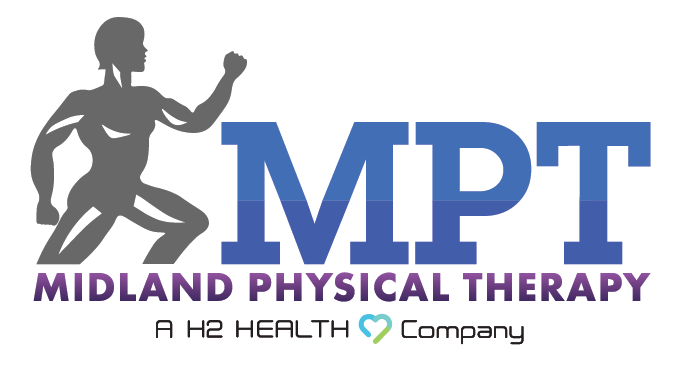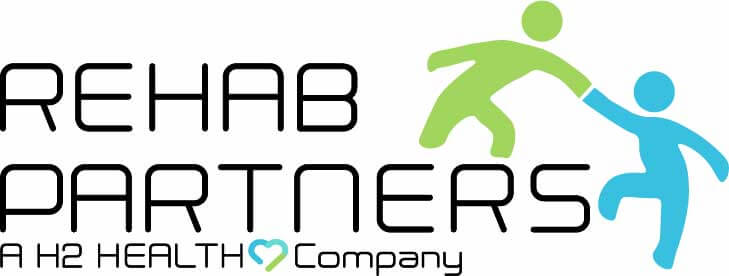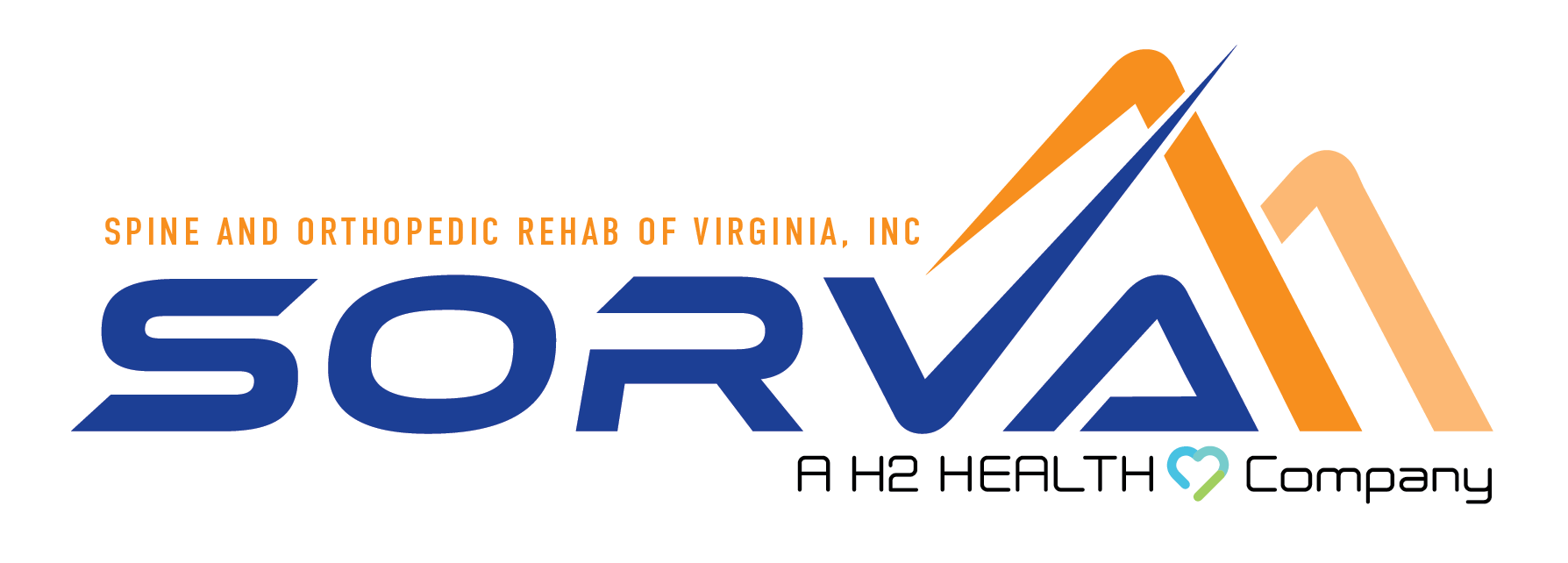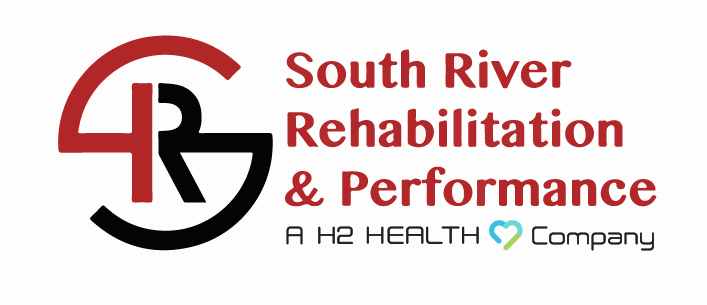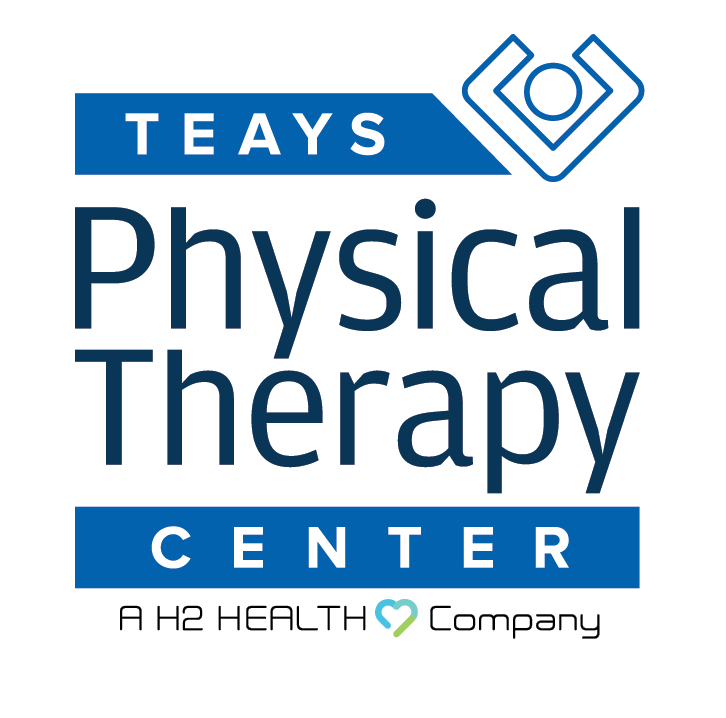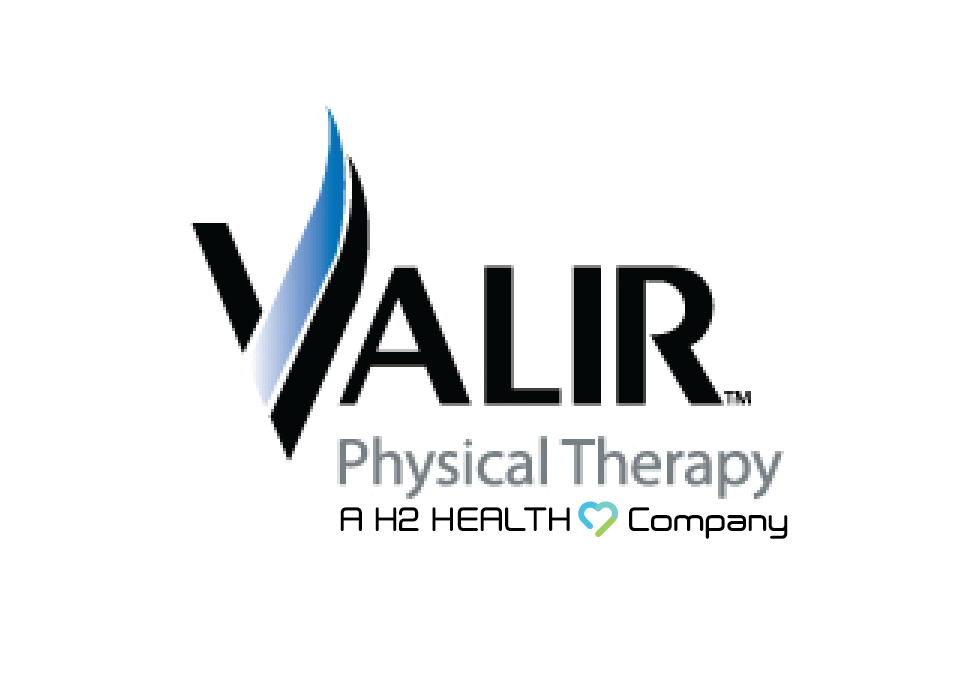
Hip replacement surgery can be a life-changing procedure for many people dealing with painful hip conditions. It can relieve pain and restore mobility, allowing you to enjoy activities that were once too painful.
However, the path to full recovery after hip replacement involves a lot of care and patience. One of the most crucial elements of this recovery is exercise. Proper exercises after hip replacement can help you regain your strength, flexibility, and confidence.
This blog will walk you through the different phases of post-surgery exercises, from the immediate days following surgery to long-term maintenance.
Exercises for Immediate Post-Surgery Phase (0-4 weeks)
Here are some exercises for the immediate post-surgery phase.
Range of Motion Exercises for After Hip Joint Replacement
During the first four weeks after hip replacement surgery, it is essential to focus on gentle range of motion exercises. These exercises help keep your hip joint flexible and prevent stiffness.
Simple movements like ankle pumps, knee bends, and seated marches can improve blood circulation and promote healing.
Strengthening Exercises for the Surrounding Muscles
Strengthening the muscles around your new hip joint is also vital. These muscles provide support and stability.
Start with basic exercises like quad sets (tightening your thigh muscles) and glute squeezes (contracting your buttocks). These exercises are easy to perform while lying down or sitting and can help build a solid foundation for more advanced activities later on.
Walking and Stair Climbing Techniques
Walking is a fundamental part of recovery, but it is crucial to do it correctly. Use a walker or crutches as recommended by your orthopedic or physical therapy doctor.
Begin with short walks around your home, gradually increasing the distance as you feel more comfortable. Stair climbing can be challenging, so take it slow and always use handrails for support.
Lead with your good leg when going up and your operated leg when coming down.
Exercises for the Mid-Term Recovery Phase (4-12 weeks)
Here are some exercises for mid-term recovery phase.
Progressive Strengthening Exercises
By the time you reach the 4–12-week mark, you can start incorporating more challenging strengthening exercises. Leg raises, mini squats, and hip abductions can help you build muscle strength without putting too much strain on your hip.
Remember to perform these exercises slowly and deliberately.
Low-Impact Aerobic Activities
Low-impact aerobic activities like swimming and cycling are excellent choices for this phase. They provide a good cardiovascular workout without putting excessive stress on your hip joint.
Swimming, in particular, is highly beneficial because the buoyancy of the water supports your body weight, reducing the impact on your joints.
Balance and Stability Exercises
Improving your balance and stability is key to preventing falls and ensuring a smooth recovery. Simple exercises like standing on one leg (with support if needed) and heel-to-toe walking can significantly enhance your balance.
Consider adding these exercises to your daily routine to build confidence in your movements.
Hip Replacement Exercises Long-Term (12+ weeks)
Here are some hip replacement exercises.
High-Impact Activities to Avoid and Alternatives
Once you have reached the 12-week mark, you may be tempted to return to high-impact activities like running or jumping. However, these activities can put unnecessary stress on your new hip joint.
Choose alternatives like brisk walking, swimming, or using an elliptical machine. These activities offer numerous benefits without any risks.
Incorporating Regular Physical Therapy and Follow-Ups
Continued physical therapy after hip replacement can help you achieve the best possible outcome from your hip replacement surgery. Schedule regular follow-ups with your physical therapist to monitor your progress and make necessary adjustments to your exercise routine.
Tips for a Safe and Effective Routine
Here are some tips for a safe and effective routine.
Set Realistic Goals
Establish achievable goals to help maintain motivation throughout your recovery process after hip replacement. Break larger goals into smaller, manageable milestones, and celebrate your progress along the way.
This approach not only keeps you focused but also provides a sense of accomplishment as you advance in your rehabilitation journey.
Recognizing Signs of Overexertion
It is crucial to listen to your body and recognize signs of overexertion. Pain, swelling, and excessive fatigue are indicators that you may be pushing yourself too hard.
If you experience any of these symptoms, take a break and allow your body to rest. Pushing through pain can lead to complications and delay your recovery.
Incorporating Exercises into Daily Life
Incorporating exercises into your daily routine can make it easier to stay consistent. Simple activities like taking the stairs instead of the elevator, walking during breaks, and doing gentle stretches while watching TV can make a big difference.
Exercises for After Hip Replacement in West Virginia
Are you ready to enhance your recovery journey? At Greenbrier Valley Physical Therapy, a H2 Health Company, we offer personalized exercises for after hip replacement surgery to help you recover faster. Our expert team of physical therapists is dedicated to guiding you every step of the way, ensuring you have the resources and support to achieve your goals.
We have multiple locations in West Virginia. To learn more about our services or to schedule your consultation, contact us today at our H2 Health clinic near you or use our appointment request form. We look forward to serving you!

